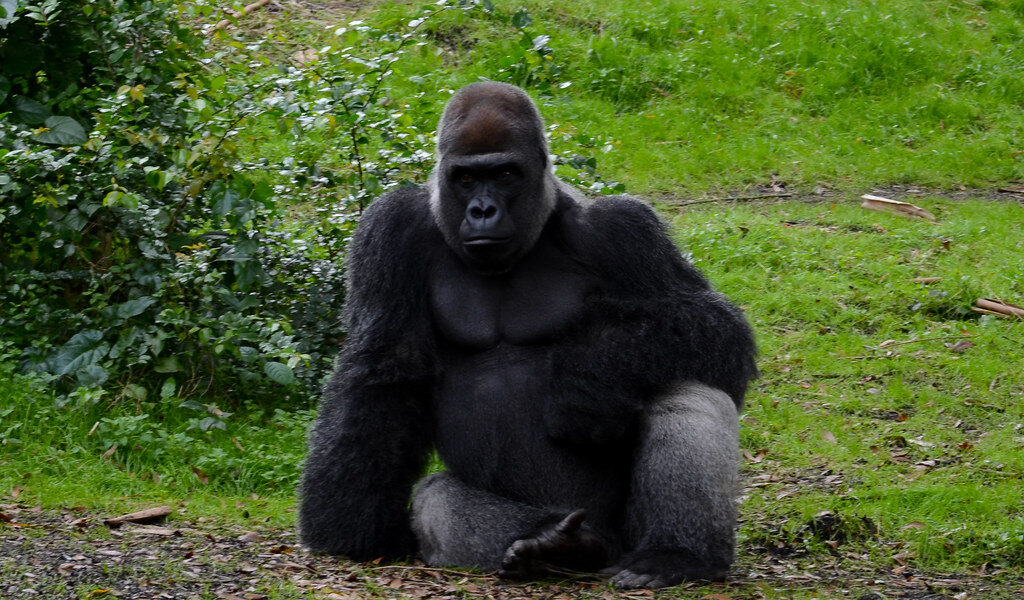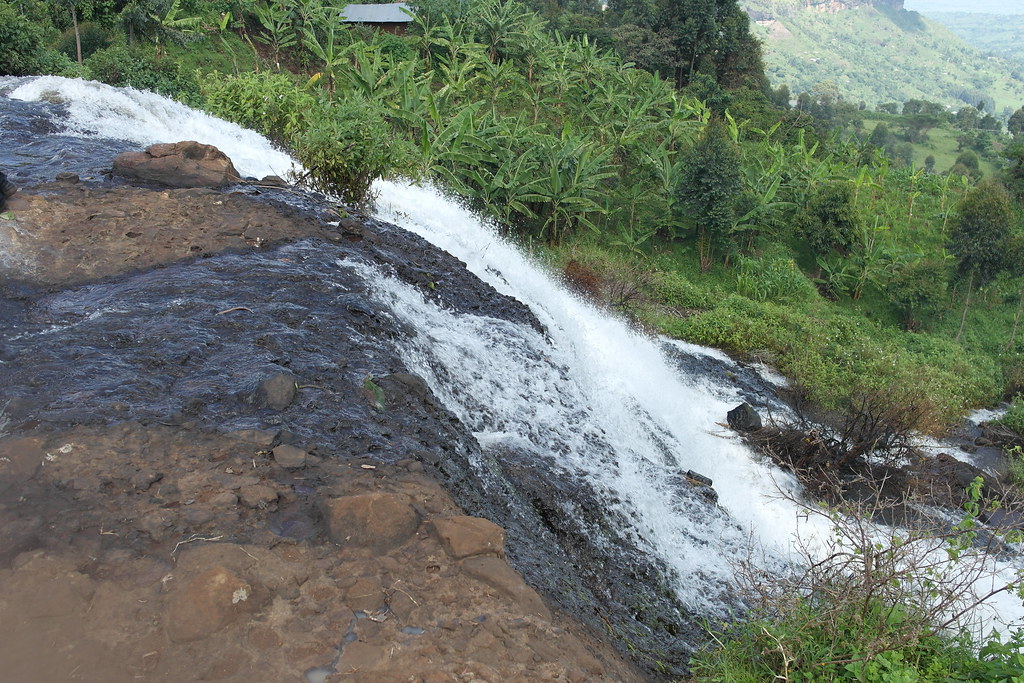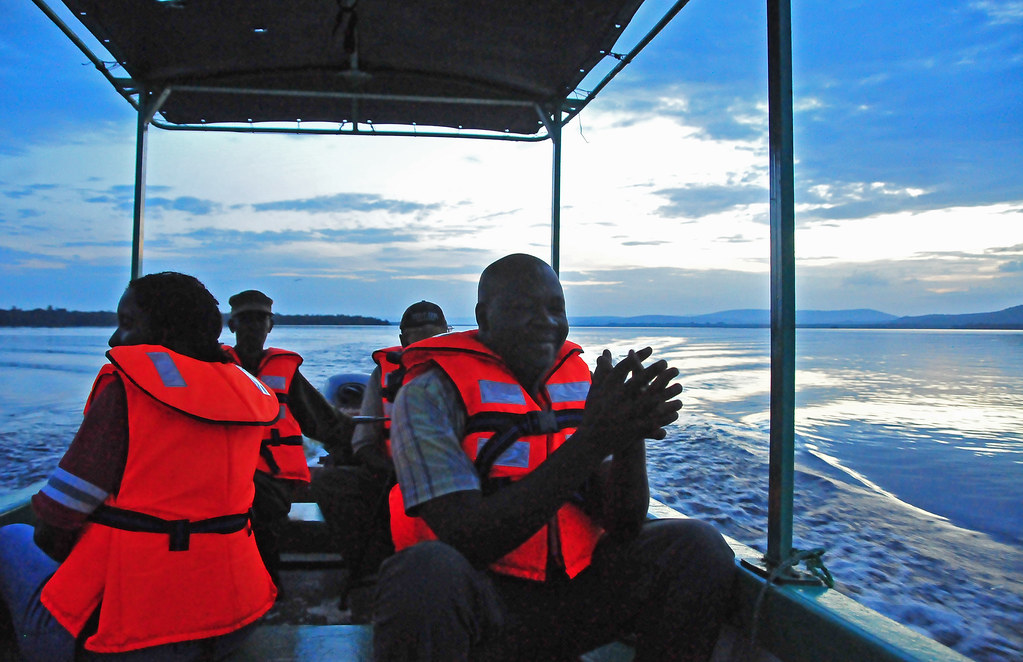
Tourists Advised to Avoid Selfies with Gorillas
Tourists Advised to Avoid Selfies with Gorillas
Travelers to Uganda, Rwanda, and the Democratic Republic of Congo for gorilla trekking have been cautioned against snapping pictures with the endangered gorillas. This aims to prevent the transfer of the lethal coronavirus from humans to endangered wildlife. Undoubtedly, snapping selfies with gorillas contravenes the seven-meter separation guideline advised to prevent close interaction between gorillas and guests.
Travelers cautioned against taking photographs with gorillas
A self-portrait with a gorilla
Travelers taking selfies with gorillas typically approach the animals closely to achieve a clear photograph, so placing the endangered species at significant risk of contracting lethal diseases. A team of experts from Oxford University London conducted an examination of several tourist pictures taken with gorillas prior to the spread of the lethal illness. Several people who encountered gorillas shared multiple selfies on Instagram, revealing a lack of social distancing between the gorillas and themselves. Consequently, if travelers continue to take pictures with gorillas during the COVID-19 pandemic, the endangered gorillas will face significant risk.
What factors contribute to the risk faced by gorillas?
Mountain gorillas possess more than 99% of the same genetic material as humans, establishing them as near cousins of mankind. Gorillas are consequently vulnerable to human diseases, especially COVID-19. Humans share commonalities with mountain gorillas and other primates, including chimpanzees and orangutans. Although passengers are briefed on the norms and regulations of gorilla trekking at the commencement of the trekking day, adherence to these guidelines, particularly the seven-meter distance rule, is sometimes lacking.
IUCN guidelines and protocols for gorilla trekking
Prior to embarking on a hike to encounter the gorillas, all travelers MUST be acquainted with the dos and don’ts of gorilla trekking as outlined by the International Union for Conservation of Nature (IUCN). The regulations governing gorilla safaris in Uganda, Rwanda, and the Democratic Republic of Congo comprise:
1. Maintain a distance of seven meters (23 feet) from the gorillas.
2. Utilize a mask (Rwanda and Uganda had previously disregarded this regulation until the emergence of COVID-19)
3. Disinfect your hands at the commencement of the walk. Furthermore, trekkers are recommended to carry personal sanitizers to ensure safety during the walk.
4. Regularly cleanse hands with soap and clean running water for a minimum of 20 seconds.
5. Refrain from contacting the gorillas
6. All travelers are REQUIRED to test negative for COVID-19.
Seven. Refrain from seeing the gorillas if you exhibit any symptoms of illness.
Additional requirements for gorilla trekking
1. A valid gorilla permit is required.
2. Maintain a subdued volume when in the presence of the gorillas.
3. Remain with your group; do not separate from fellow tourists.
4. In the event of a silverback gorilla charging, remain composed and refrain from fleeing.
5. Refrain from feeding the gorillas.
Locations for gorilla trekking in Africa
Mountain gorillas are exclusively located in two regions of Africa. Fifty percent of the global gorilla population is in Uganda’s Bwindi Impenetrable Forest National Park, while the remainder inhabits the Virunga Conservation Area. The Virunga Massif consists of Mgahinga Gorilla National Park in Uganda, Volcanoes National Park in Rwanda, and Virunga National Park in the Democratic Republic of Congo. A total of 36 gorilla families have been habituated for trekking in Africa, with 18 residing in Uganda, 10 in Rwanda, and 8 in Congo. The expense of gorilla trekking varies by country due to each nation’s distinct policies.



